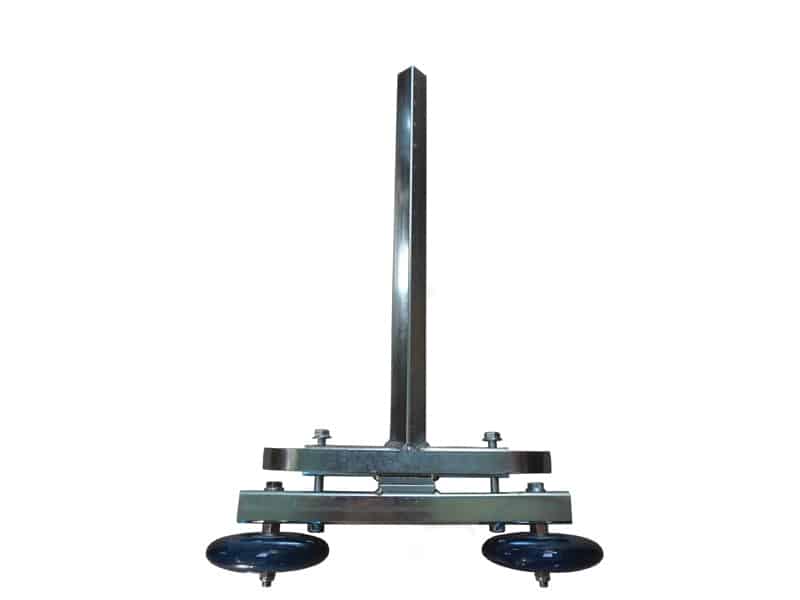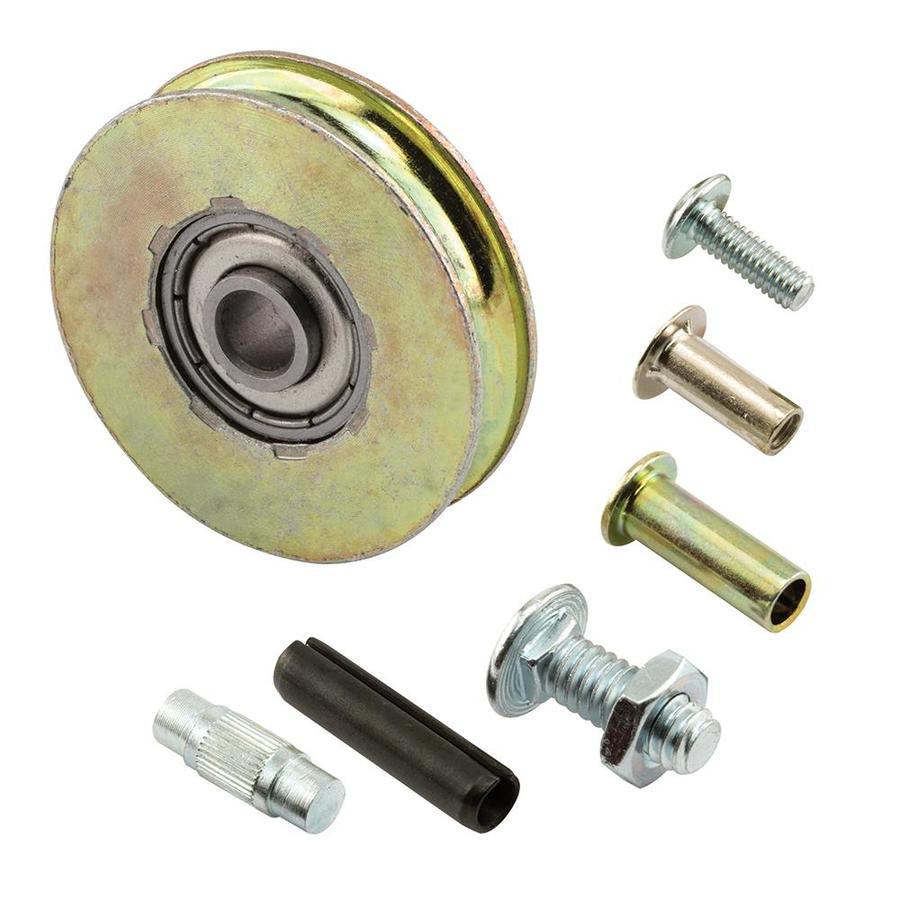Hi,
I was milling a willow tree and my mill kept getting hung up in ridges in the bark. I started stripping some layers of the bark and really worked over the worst lumpy spots which made a huge difference.
It also seemed like wheels would have helped climb over the lumpy bits. I have been considering adding wheels for a while and now seems like it is near the top of the pile of things to improve or do.
So where have people mounted wheels on a granberg? I searched before posting but couldn't find search terms that returned pictures or they predated the pictures getting messed up so I couldn't see them.
If any one can provide pictures of what people have done that would be great! I am visual so seeing stuff
What size wheels have people used?
I am currently thinking 2 inch castor wheels as I have a 36 inch bar and have been using every inch of available space, so don't want to give up any more than I need to until I get a longer set up. 2 inch wheels should give me about 1/2 inch of wheel in front of the current guide.
I currently thinking to weld a a number of bolts onto the piece that pulls up to ho;ld the bar in place. I could do 2,3 or 4 wheels. I definitely want one wheel so it hopefully allows the mill ro roll over ridges or branch shoulders, rather than hooking on them. I want at least one wheel in the middle section for general forward movement. My mill tends to lead with the powerhead in front at maybe a 15 degree angle to the log.
Thoughts, suggestions, pictures, ideas appreciated
Thanks
I was milling a willow tree and my mill kept getting hung up in ridges in the bark. I started stripping some layers of the bark and really worked over the worst lumpy spots which made a huge difference.
It also seemed like wheels would have helped climb over the lumpy bits. I have been considering adding wheels for a while and now seems like it is near the top of the pile of things to improve or do.
So where have people mounted wheels on a granberg? I searched before posting but couldn't find search terms that returned pictures or they predated the pictures getting messed up so I couldn't see them.
If any one can provide pictures of what people have done that would be great! I am visual so seeing stuff
What size wheels have people used?
I am currently thinking 2 inch castor wheels as I have a 36 inch bar and have been using every inch of available space, so don't want to give up any more than I need to until I get a longer set up. 2 inch wheels should give me about 1/2 inch of wheel in front of the current guide.
I currently thinking to weld a a number of bolts onto the piece that pulls up to ho;ld the bar in place. I could do 2,3 or 4 wheels. I definitely want one wheel so it hopefully allows the mill ro roll over ridges or branch shoulders, rather than hooking on them. I want at least one wheel in the middle section for general forward movement. My mill tends to lead with the powerhead in front at maybe a 15 degree angle to the log.
Thoughts, suggestions, pictures, ideas appreciated
Thanks
























